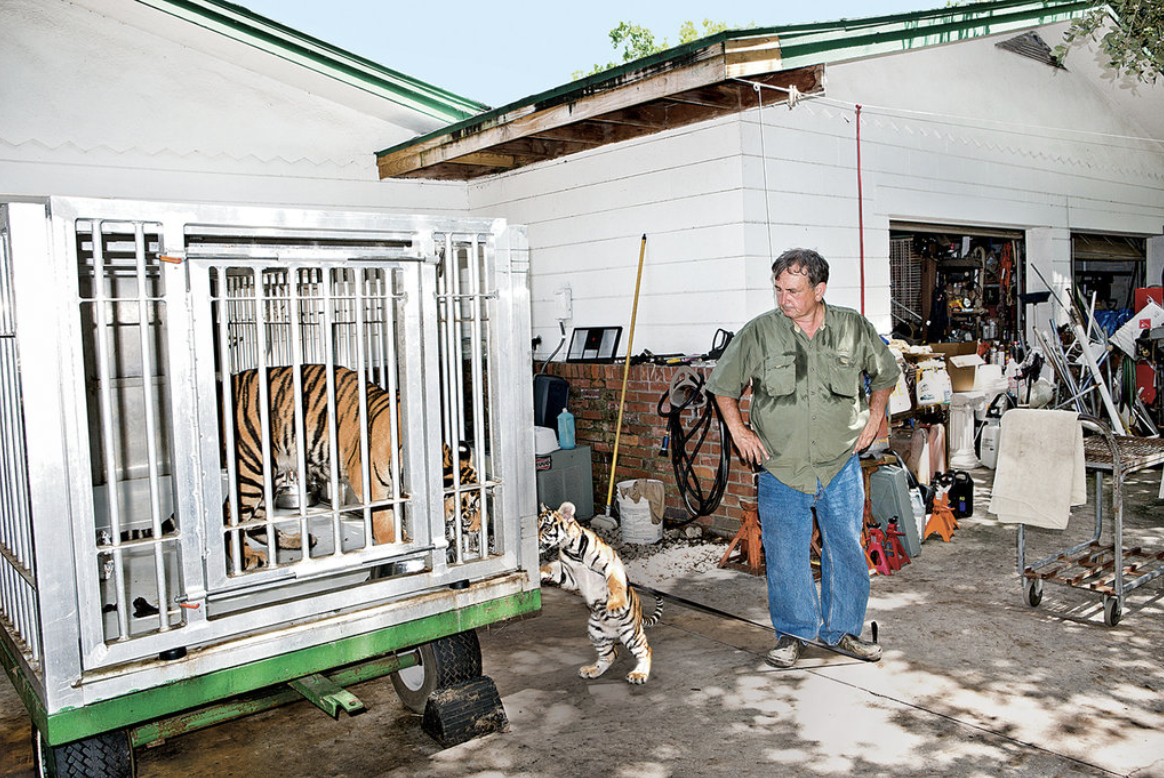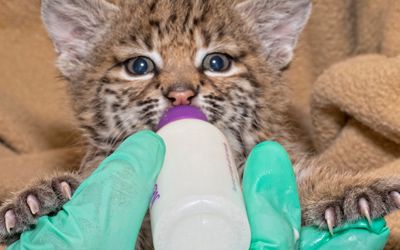Efficient Wild Animals Removal Approaches for a Peaceful Home Environment
In the search of keeping a peaceful living room, homeowners usually deal with the obstacle of wild animals intrusions, which can interrupt the tranquility of their atmosphere. Implementing effective wild animals removal approaches calls for a nuanced understanding of both humane exclusion techniques and preventative procedures.
Identifying Common Wildlife Intruders
Recognizing typical wild animals intruders is a crucial very first step in efficient wild animals management. Recognizing the specific types that regularly infiltrate business and household spaces allows homeowner and wild animals experts to apply targeted techniques for minimizing prospective damages and wellness risks. Common trespassers often include raccoons, squirrels, bats, and numerous varieties of birds and rats, each bringing special obstacles.
Bats, while helpful for controlling insect populations, can become an annoyance when they roost in attics, potentially spreading illness such as histoplasmosis. Birds, consisting of sparrows and pigeons, usually develop unhygienic conditions with their droppings, leading to architectural destruction and wellness concerns - wildlife rescue burlington.
Humane Exclusion Strategies
Comprehending the common wild animals burglars is the structure upon which reliable exclusion strategies are constructed. Determining species such as raccoons, squirrels, and birds aids in developing gentle exclusion strategies tailored to specific actions and entry approaches. Exclusion is a preventative strategy aimed at refuting wildlife access to homes and homes, hence minimizing the demand for more invasive actions.
The keystone of gentle exclusion includes sealing possible access points. Additionally, making sure that doors and home windows are safe and secure, and that screens are intact, can additionally prevent access.
Setting up motion-activated lights or ultrasonic gadgets can inhibit nighttime wild animals. These exclusion methods not just secure the home atmosphere but also respect the wild animals, enabling them to thrive in their all-natural habitats without harm.
Safe Capturing Methods
When exemption techniques are not enough, risk-free trapping approaches become a necessary choice in wildlife monitoring. Trapping, when performed appropriately, uses a humane and efficient means of resolving an instant wild animals issue while ensuring very little anxiety and harm to the pet. This approach calls for an understanding of both the behavior of the target types and the moral considerations involved in wild animals handling.
These traps need to be inspected regularly to prevent undue anxiety or injury to the caught wild animals. It is crucial to comply with neighborhood regulations concerning trapping and relocation to guarantee compliance with legal requirements and wild animals preservation concepts.
In addition, lure option and positioning are crucial elements in making sure effective capturing. Bait ought to be selected based on the dietary choices of the target types and purposefully positioned to tempt the pet into the catch. Once entraped, the pet needs to be taken care of with treatment, utilizing safety equipment if essential, to promote secure transportation and release, thus preserving a balanced environment and a relaxed home environment.
Preventive Home Alterations
While secure capturing methods address prompt wildlife issues, lasting remedies often require preventative home adjustments to deter pets from going into human areas. Implementing these modifications not only boosts the safety and convenience of your living atmosphere but additionally lowers the possibility of future wildlife invasions.
A critical element of preventative approaches is securing potential entry points. This entails inspecting and repairing any spaces or fractures in the foundation, walls, and roofing system, as these can come to be accessibility courses for wild animals.
Landscape design alterations can additionally work as reliable deterrents. Trimming tree branches that overhang the roofing system and eliminating debris piles can eliminate routes and environments that attract wildlife. Maintaining a tidy backyard by safeguarding garbage bins and compost heap prevents scavengers such as opossums and raccoons.

## When to Call Professionals
Specialist treatment comes to be crucial in circumstances where wildlife problems exceed the range of DIY services. Property owners may come across conditions where the intricacy or risk of the wild animals issue requires expert know-how.
Additionally, problems entailing secured or threatened species require a nuanced strategy to follow legal guidelines. Specialists are find here outfitted with the needed licenses and understand the lawful structures governing the handling of such species. This makes certain that elimination is carried out ethically and within lawful limits.

Last but not least, when wildlife poses a consistent trouble despite repeated do it yourself initiatives, professional services can use comprehensive assessment and lasting solutions tailored to avoid reappearance - burlington wildlife rescue. Their proficiency not just deals with the instant problem yet additionally safeguards the home environment in the future
Conclusion
Carrying out efficient wildlife elimination methods is vital for keeping a calm home environment. With each other, these methods develop an unified living space complimentary from wild animals disturbances.

These exemption approaches not only secure the home setting but also appreciate the wild animals, allowing them to prosper in their all-natural environments without harm.
Implementing effective wildlife removal methods is vital for keeping a tranquil home why not try here atmosphere.